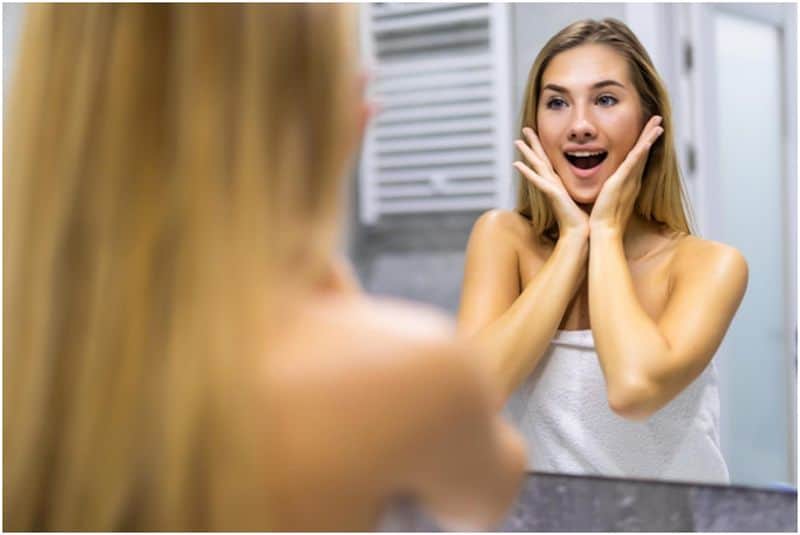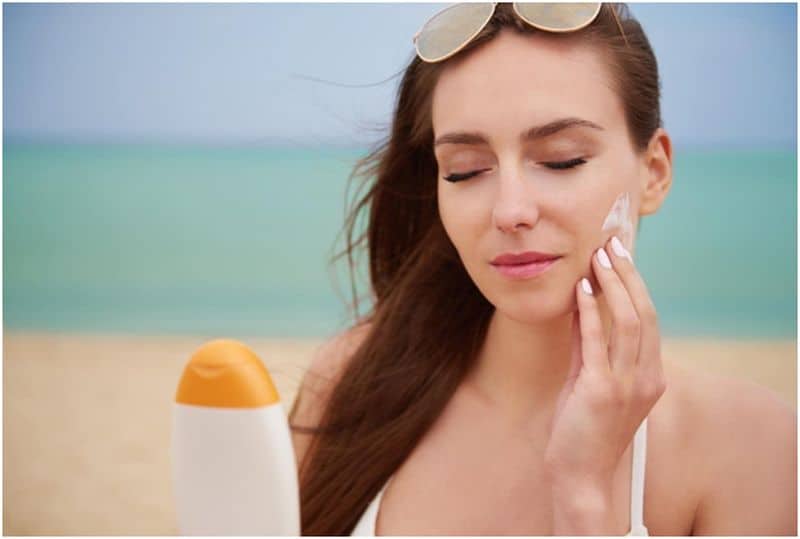The demand to buy Botox has continued to rise due to its numerous benefits. The cosmetic treatment has become a norm in many households, from wrinkle-reducing effects to treatments for severe health conditions, such as chronic migraine.
Botox was one of the top minimally invasive cosmetic treatments performed in 2020, with 4.4 million procedures done, according to the American Society of Plastic Surgeons (ASPS). Despite its continuous popularity, it is natural to feel anxious about the recovery process after your first treatment. Here are some things you can do for a seamless recovery.
1. Be Cautious of Things That Stress Out Your Skin

There are many Botox treatment options available today, and all of them require you to be cautious of how you treat your skin after the procedure. Certain products or actions can irritate your skin and impact the results of your treatment.
Consult the physician who administered your Botox injection to determine what you should avoid after the procedure. Avoid taking hot baths or showers, rubbing your face, or participating in strenuous activities. Depending on your skin specialist’s suggestions, you may also need to stop taking anti-inflammatory medications for a little while.
2. Temporarily Avoid Skin Treatments
The Botox will require some time to settle into your muscle, so it is best to leave your skin alone at that time. Avoid exfoliating scrubs, harsh skin treatments, or facials for at least 24 hours after receiving Botox. Getting any of these treatments immediately can reduce the effectiveness of the Botox injections or slow down its recovery.
3. Protect Your Skin from Sun Exposure

Although sun exposure will not reduce the effects of Botox, direct contact with the sun too soon after treatment can cause bruising. Sun exposure can damage your skin and cause wrinkles, which is counterproductive after Botox.
Avoid the sun the day of your treatment, and remember to apply sunscreen any day you go under the sun after your Botox procedure. It can also be helpful to temporarily avoid other forms of heat exposure, such as saunas or tanning beds.
4. Exercise to Work Treatment into Nerves
Scientists have discovered that Botox works by temporarily invading nerve cells, releasing an enzyme that prevents muscle contraction. So, you may need to work the treatment into your nerves by moving your face one to two hours after the procedure. Slowly move your eyebrows and lips and do your best to exercise your face gradually.
5. Try to Quit Smoking Permanently
Smoking can harm your skin, whether or not you get Botox. However, nicotine can worsen Botox’s side effects and slow down its recovery. Smoking can also promote premature aging because nicotine causes blood vessels to narrow, reducing oxygen flow and nutrients to skin cells.
Quitting smoking can positively impact your health and prolong your Botox results because it will reduce the risk of developing new wrinkles due to nicotine effects.
Botox provides many aesthetic and medical benefits to the skin, but you may face difficulties if you don’t take the proper steps to recover from treatment. Take your time to learn all about Botox before going for your first treatment.
Article Submitted By Community Writer



